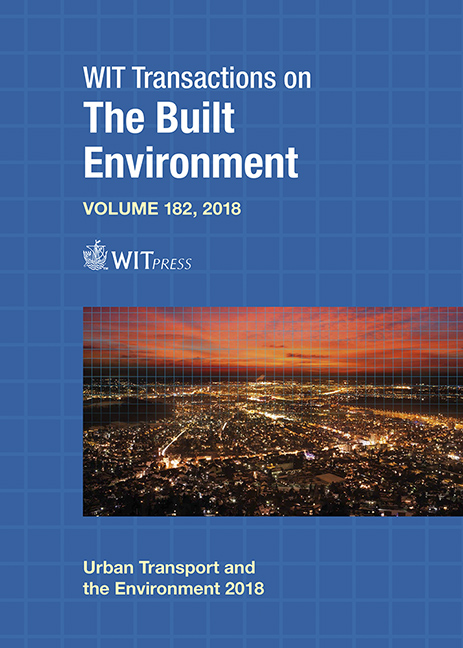STANDARD COST OF ITALIAN METRO SERVICES: THE INFLUENCE OF AUTOMATISM, WHEELS TECHNOLOGY AND CAPACITY
Price
Free (open access)
Transaction
Volume
182
Pages
11
Page Range
49 - 59
Published
2019
Paper DOI
10.2495/UT180051
Copyright
WIT Press
Author(s)
ALESSANDRO AVENALI, GIUSEPPE CATALANO, TIZIANA D’ALFONSO, GIORGIO MATTEUCCI
Abstract
In this paper, we measure the standard cost of light metro (LM) and heavy metro (HM) Italian services based on the cost model provided by Avenali et al., (2018). The cost model takes into account technological characteristics that may drive cost differentials, such as the degree of automatism of the rolling stock, wheels technology and hourly peak capacity. Specifically, we focus on three case studies: (i) not automatic railway steel technology with heavy capacity; (ii) not automatic railway steel technology with light capacity; (iii) automatic rubber-tyred technology with light capacity. Data have been gathered by means of questionnaires sent to companies producing 100% of train revenue kilometers (TRK) in Italy in 2012. We perform a simulation study in order to highlight the marginal impact of efficiency gains obtained by manipulating cost-driving variables both under the control of the operators (trains and drivers productivity) and of the Local Authority who assigns the service (number of TRK assigned within the service contract and the number of opening hours per station). These examples show how the Local Authority should allocate extra-resources if it wants to increase the quality-quantity mix of metro services.
Keywords
standard costs, local public transport, light metro, heavy metro





